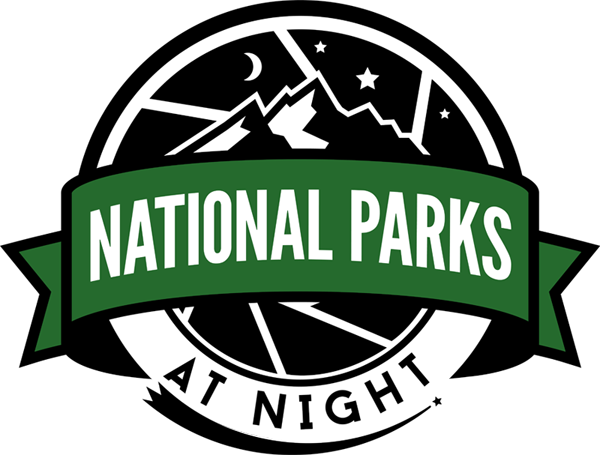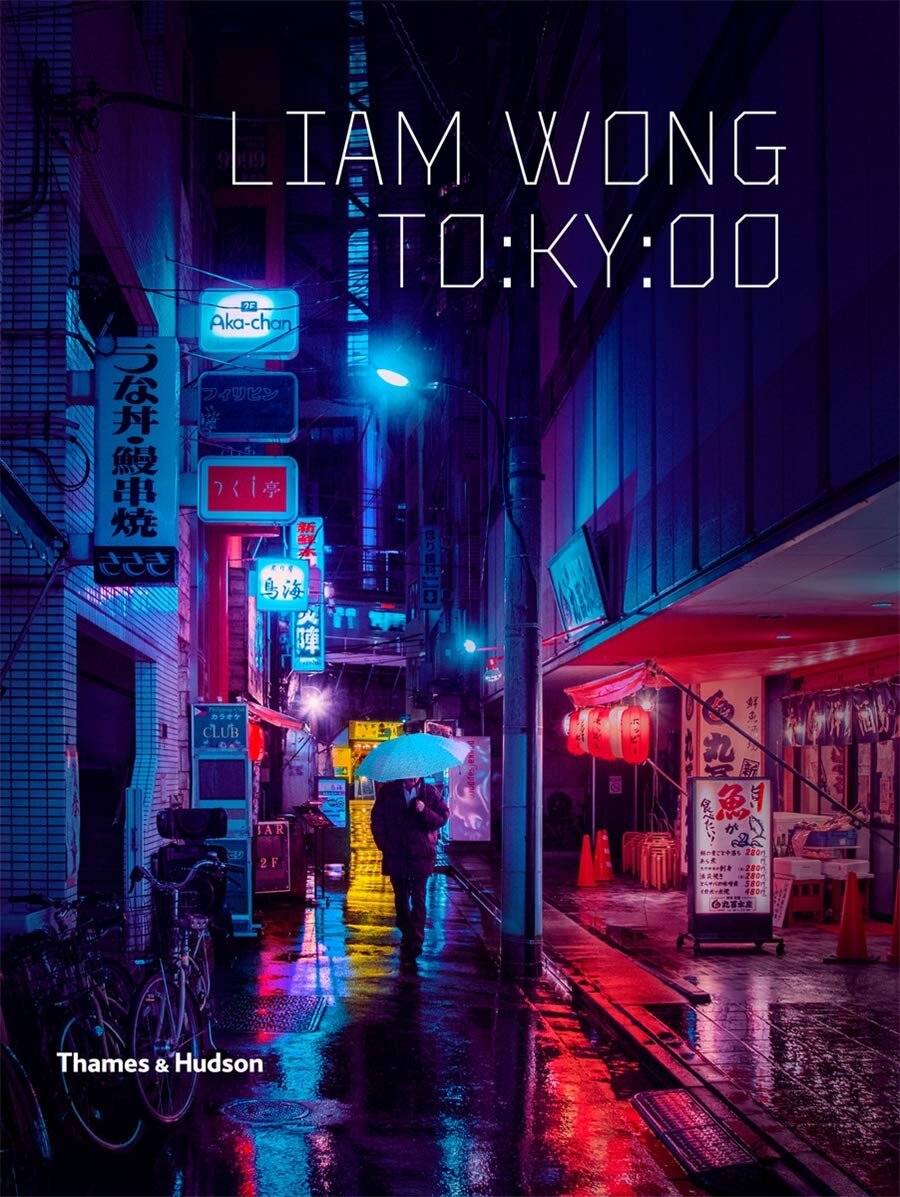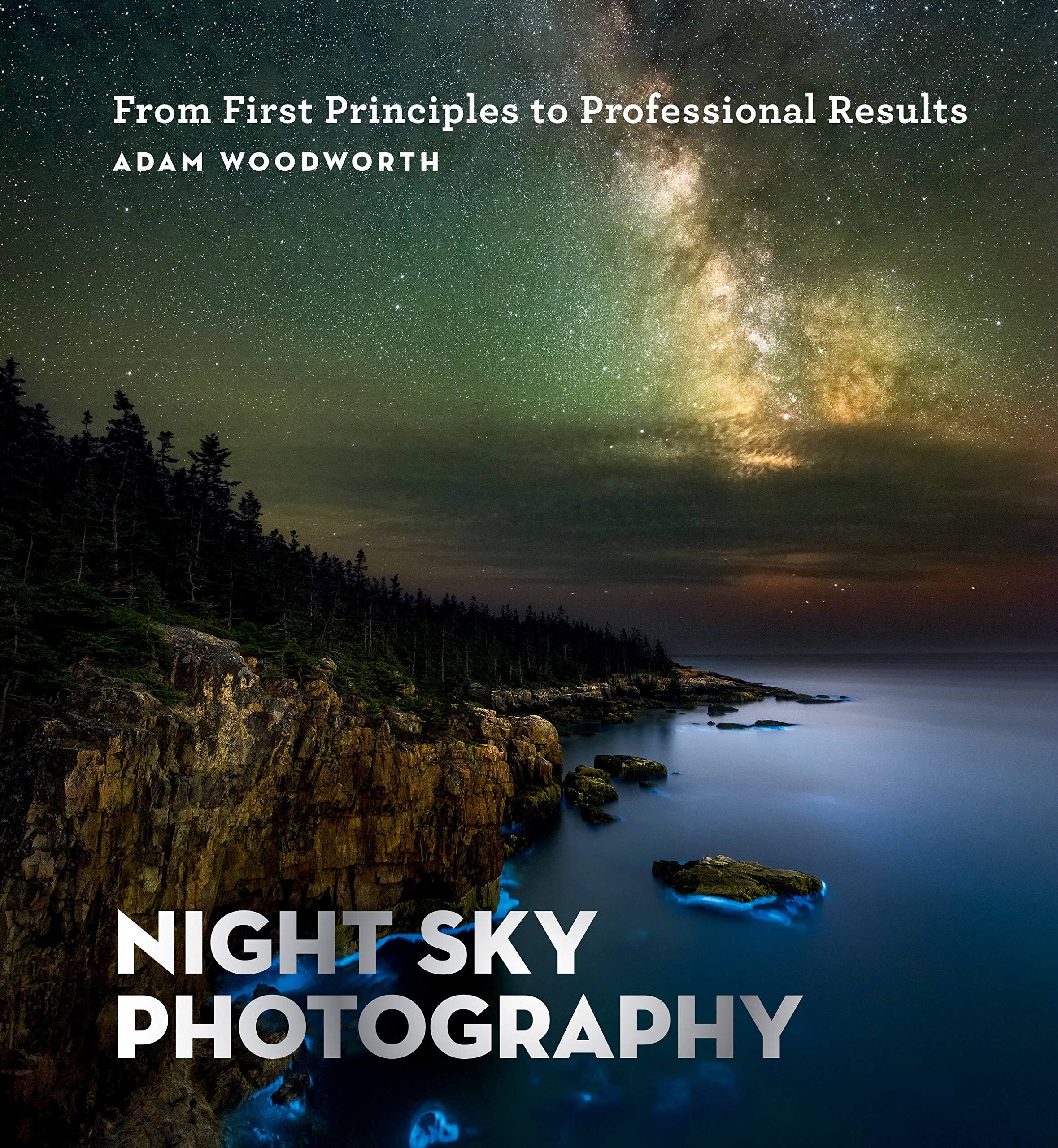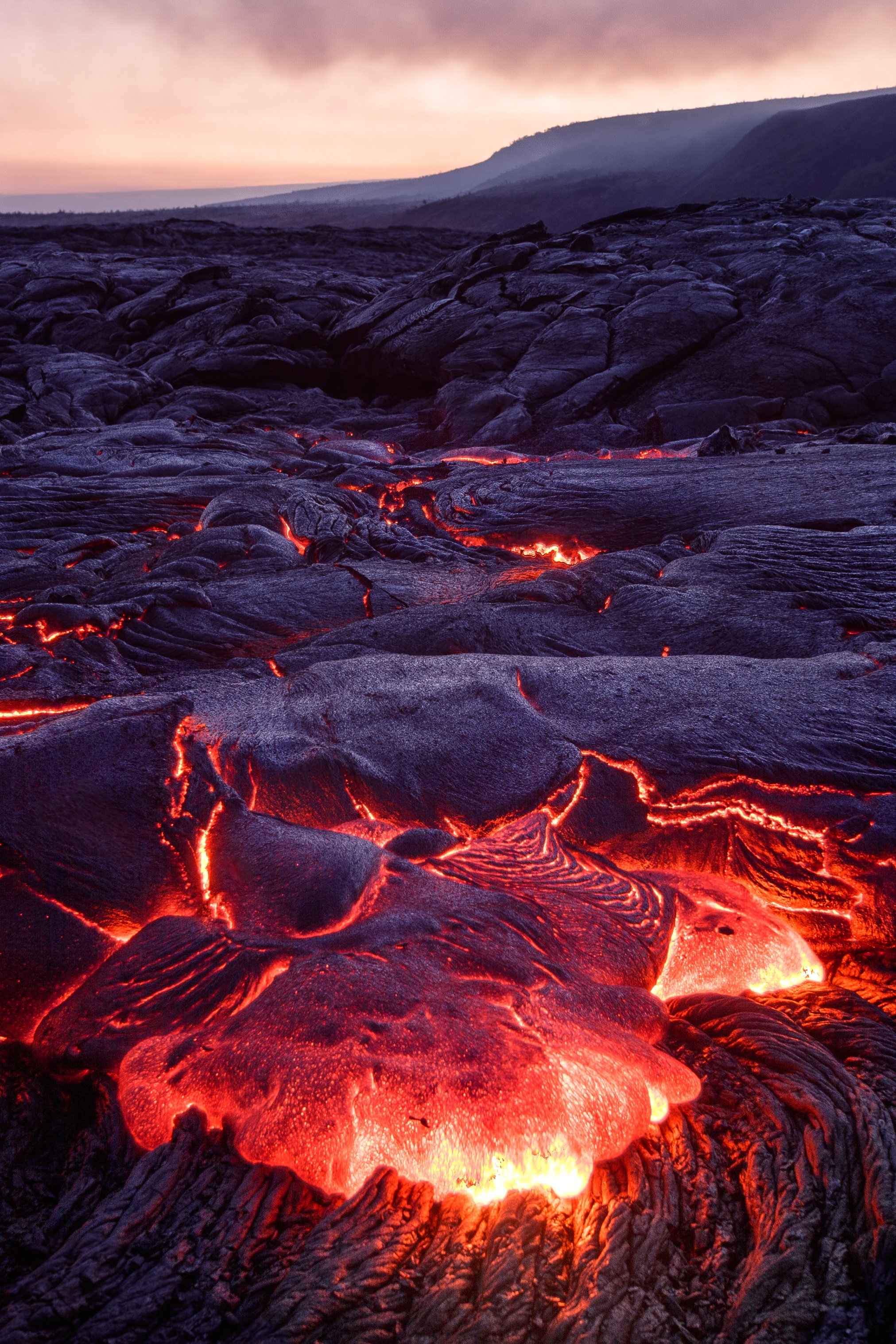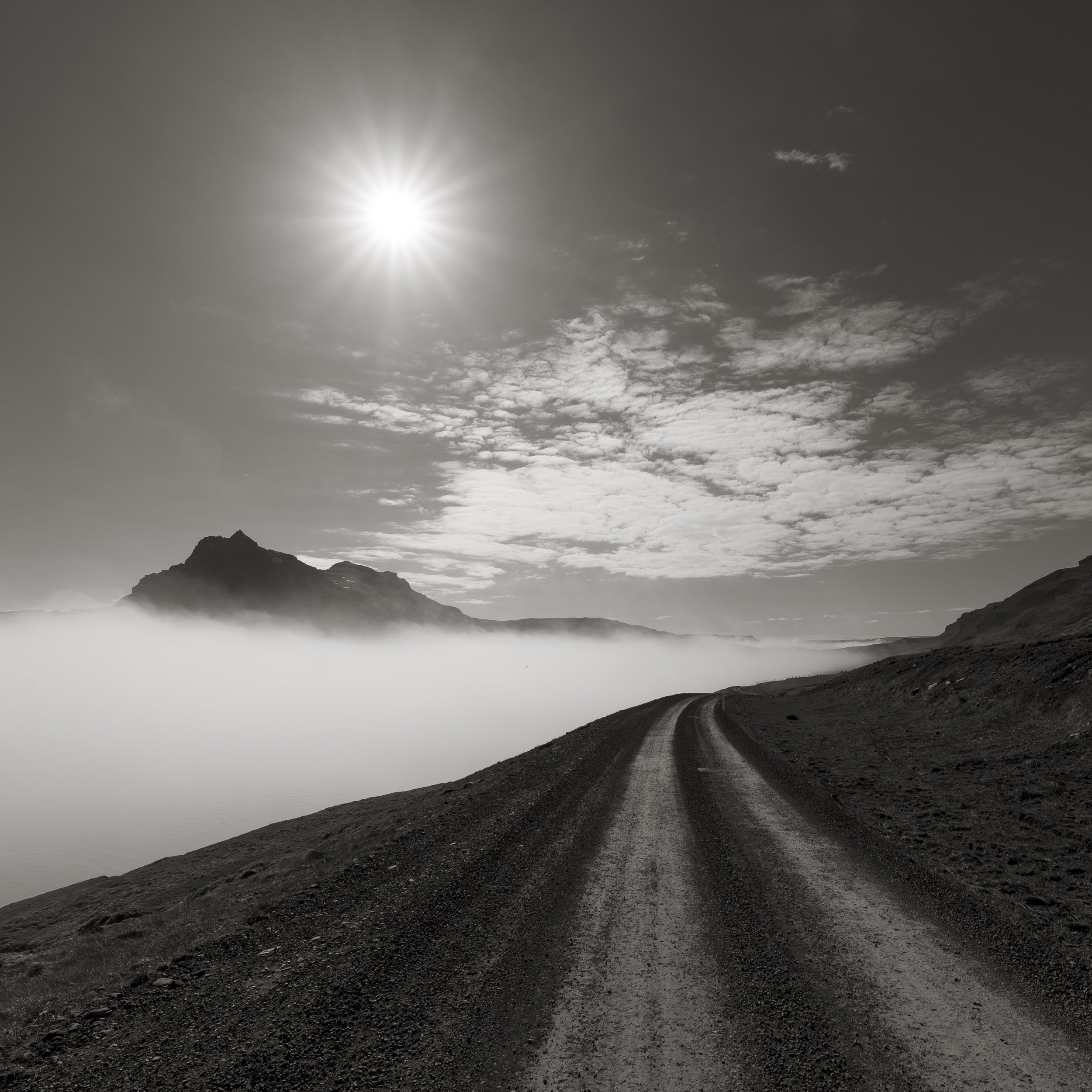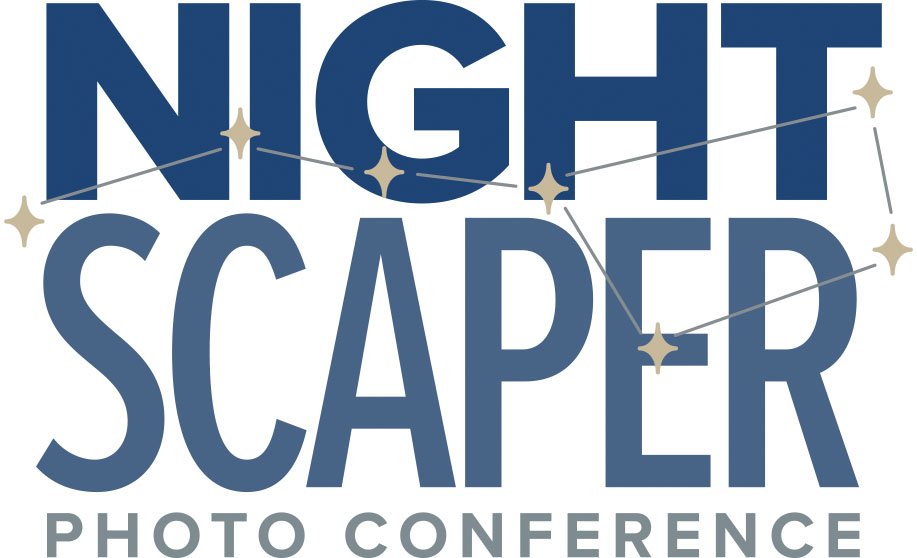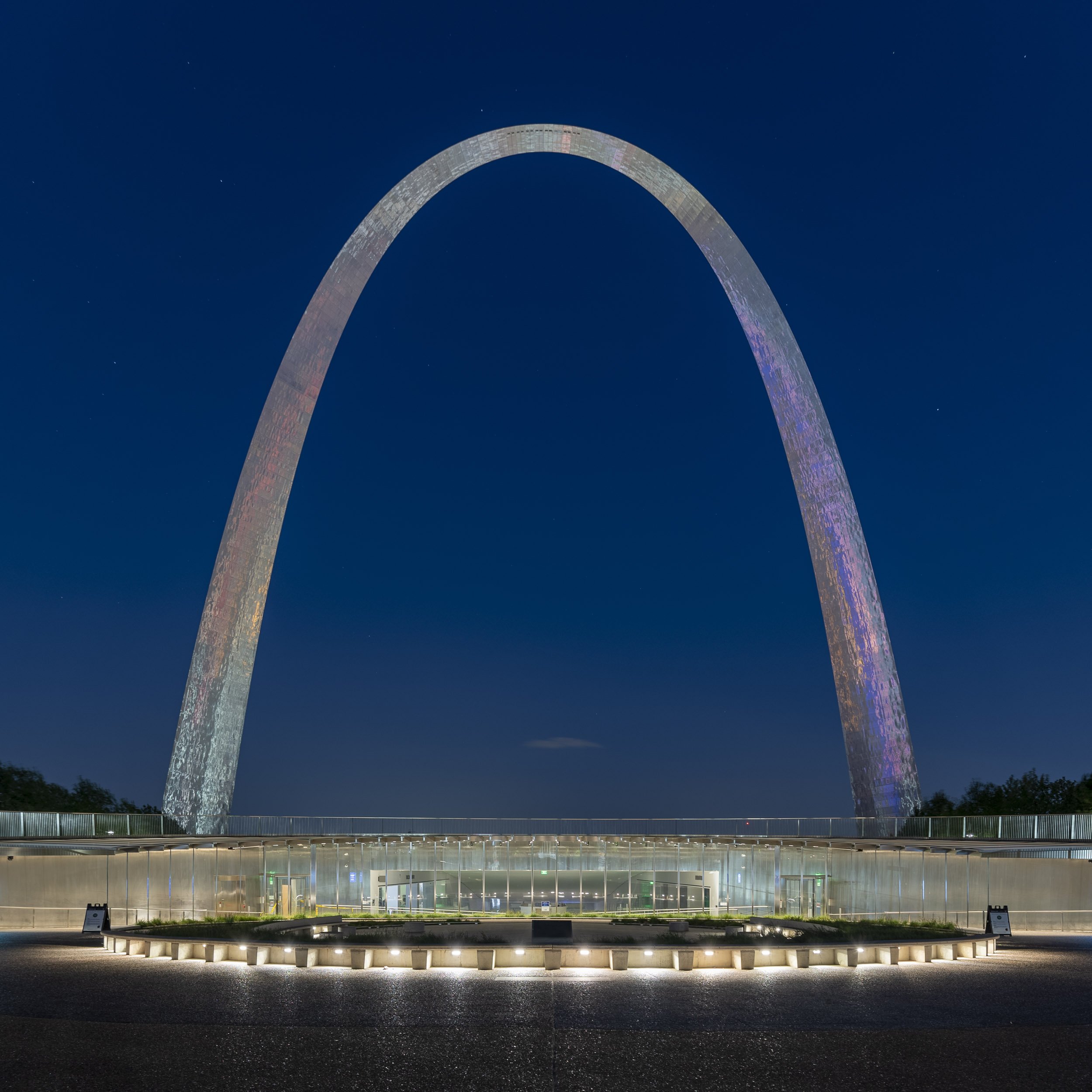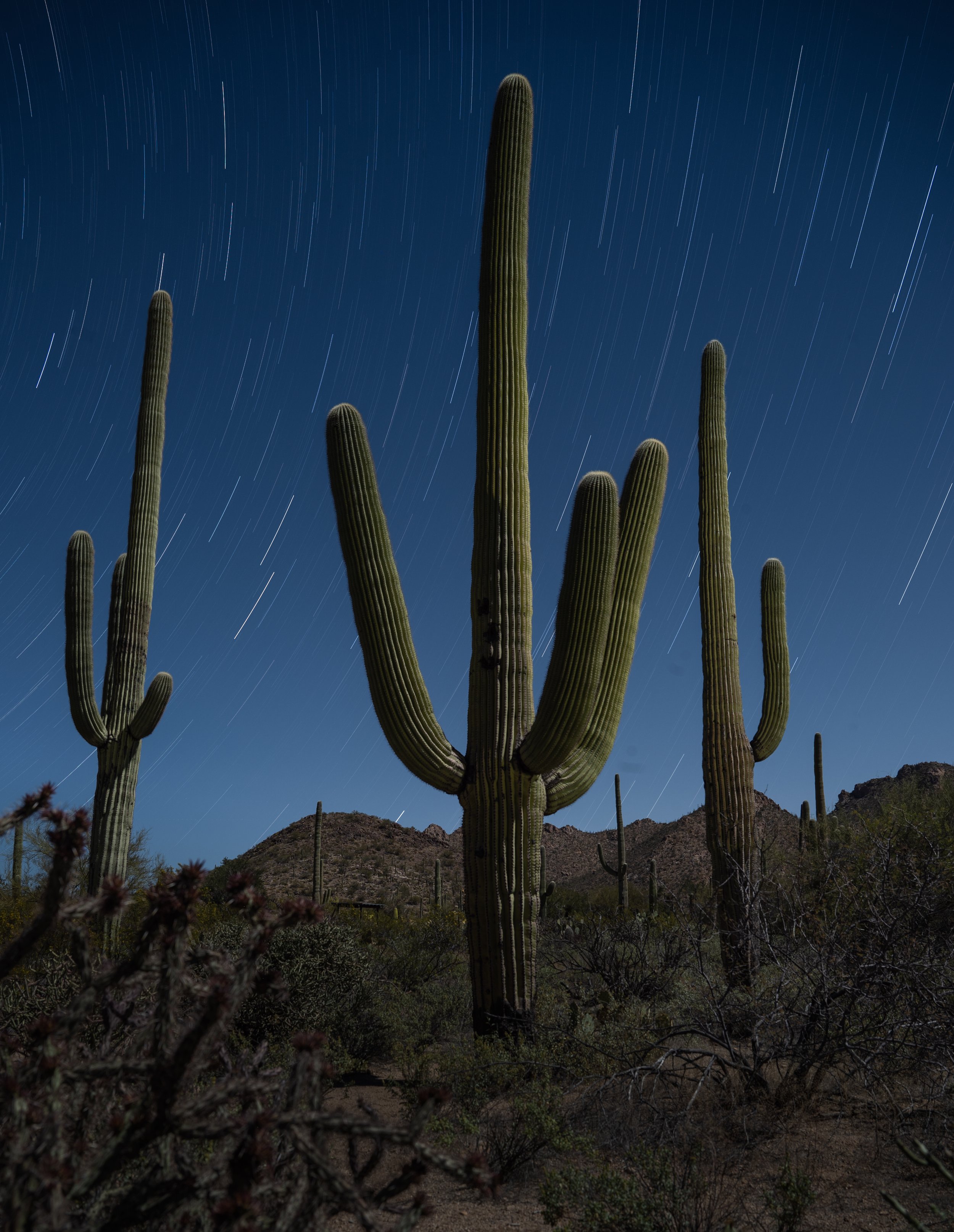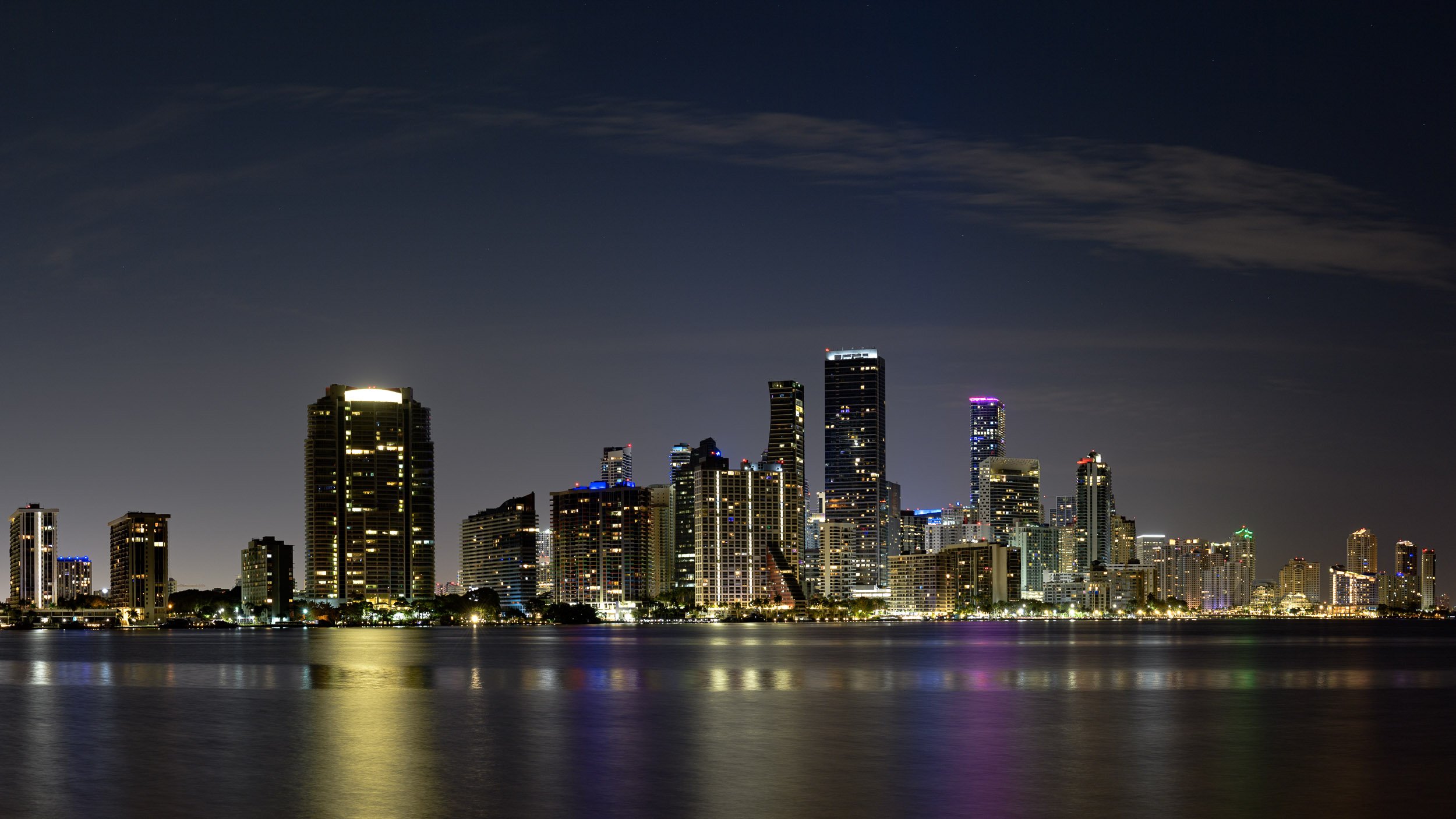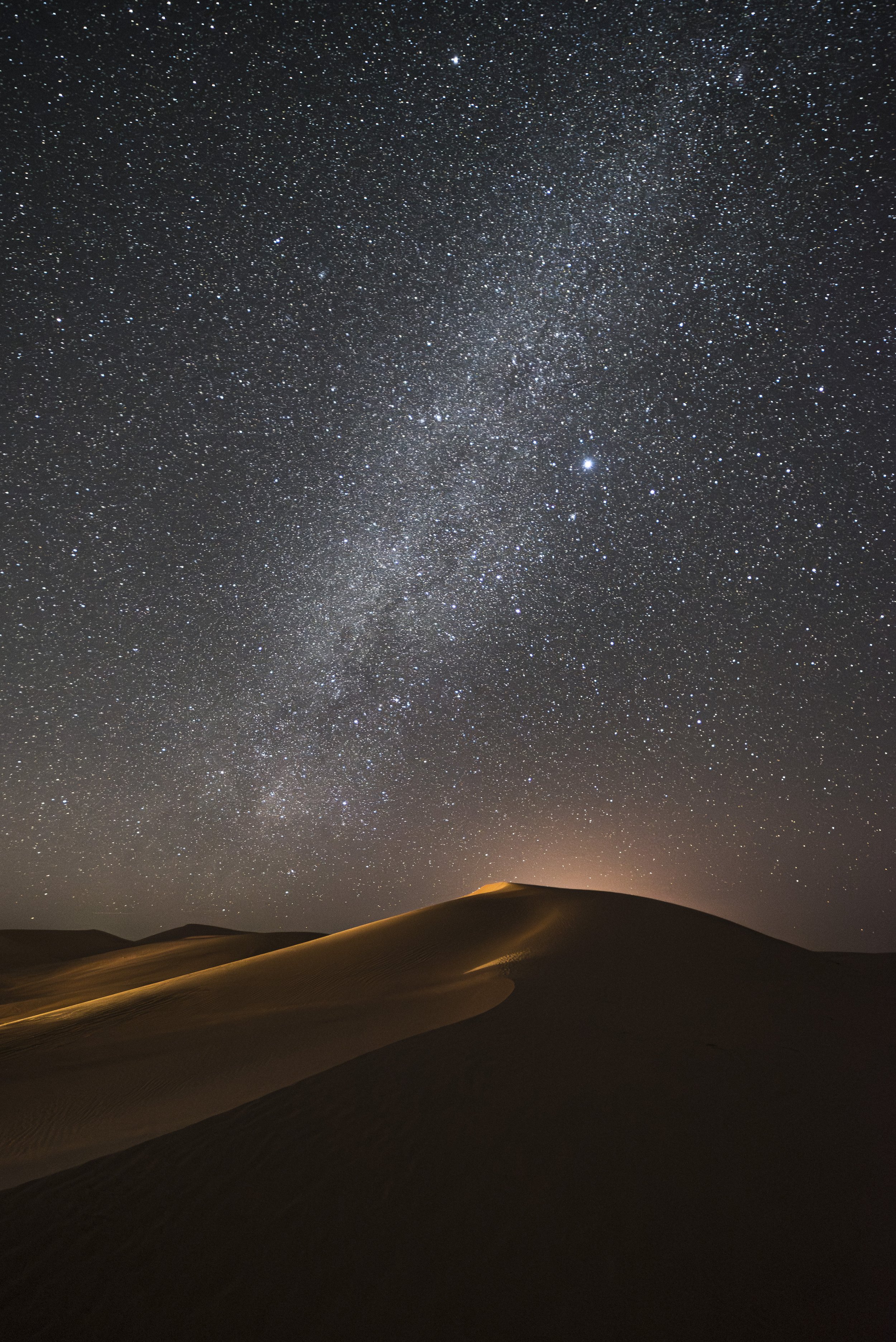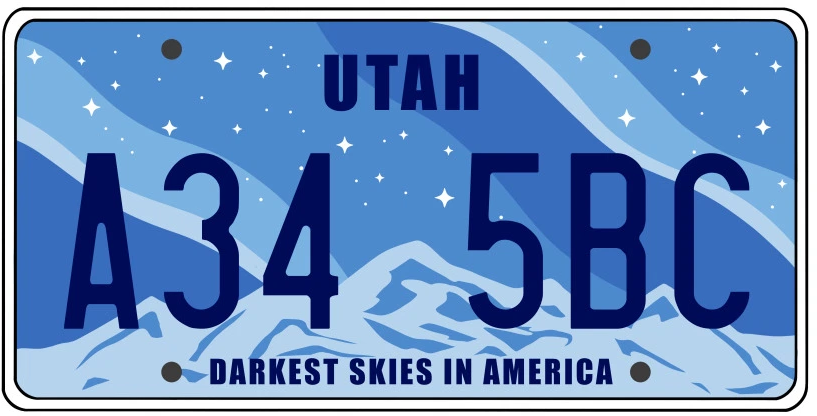Interested in books about photography, night and national parks? See the National Parks at Night Bookshelf.
Regular readers of this blog will know that I’m a book hound. I always have my eyes open for new (or old) night photography books. Over the past year I’ve written two posts about “essential” books for night photographers (“10 Essential Books for the Night Photographer’s Library” and its sequel “10 More Books to Round Out your Night Photography Library”). Most of those are classic titles, more than a few of which are out of print and hard to find.
I hope I haven’t created an impression that all good night photography books are old. In truth, this genre of photography is not just alive and well, but is thriving. In fact, Matt Hill rightfully speaks about this being “the golden age of night photography.”
Proof of that is on the shelves, with plenty of new volumes of and about night photography being published. There have been a number of recent releases of note, with three forthcoming books due later this year that you’ll be sure to want to check out.
Below you’ll find my choice of 11 contemporary night photography books that are well worth your time and money.
Monographs
A monograph is a lifetime goal for many photographers, and a great showcase for one’s imagery. Monographs can also serve as inspiration for the rest of us. With advances in on-demand printing, small niche publishers are able to produce short runs of books with specialized interests with relatively low risk.
One such publisher is America Through Time, which caters to the urban exploration crowd, with monographs that depict the buzzing energy of vast metropolises to the places that humans have left behind. They’ve released several such books with a nocturnal theme lately, by Troy Paiva, Ken Lee and Mike Cooper.
TO:KY:OO
by Liam Wong
Liam Wong is a bit of an outsider to the night photography world, but is a young man with a powerful vision. His supersaturated cyberpunk-inspired night views of Tokyo have recently been published by Thames and Huson in TO:KY:OO.
Wong is a young Scottish video game designer and art director who brings his experience to a relatively newfound love of night photography. His highly stylized images of Tokyo at night are reminiscent of Blade Runner or other science fiction dystopian worlds.
His day job took him to Tokyo at a time when he was in the process of teaching himself photography, and he applied his design sensibilities and strong sense of color to his imagery. These are not long exposures—no star trails here! The images are all about the throbbing mass of humanity that makes up one of the world’s most interesting cities. The photos in TO:KY:OO are unlike anything else I’ve seen and are definitely worth exploring.
Junkyard Nights: Haunting NorCal’s Automotive Graveyards
by Troy Paiva
Troy Paiva is a modern legend. For more than 30 years he’s been photographing all sorts of abandoned places in California, employing a style of light painting that he developed in 1989 using Vivitar flashes and colored gels. An entire generation of night photographers have been inspired by his work, initially on Flickr, his website LostAmerica.com, and later through his books. The two recently published volumes here represent books numbers 4 and 5.
Junkyard Nights is a nocturnal love letter to the ghosts of our automotive past. The images in this book were made by the light of the full moon in two old-school junkyards in California’s agricultural heartland. The accompanying text not only conveys the essence of these desolate industrial landscapes, but it also examines the place these mid-20th century cars hold in the context of 20th century design.
Night Salvage: Haunting SoCal’s Automotive Graveyards
by Troy Paiva
Like Junkyard Nights, Night Salvage is a nocturnal love letter to automotive junkyards. The images in this volume represent three collections of junk cars lost in the deserts of Southern California. As usual, the images are accompanied by amusing anecdotes of Paiva’s nocturnal adventures, as well as by informed historical notes about the cars and the locations he photographs.
Let Paiva be your guide through these derelict graveyards filled with slowly decaying cars: a classic abandoned high desert junkyard, a TV and movie prop vehicle graveyard, and a little-known art project consisting of thousands of cars resting forgotten in a remote canyon.
Abandoned Louisiana: Under a Bayou Moon
by Mike Cooper
Abandoned Louisiana: Under a Bayou Moon is a nocturnal photographic journey through the ruins of the Bayou State. Cooper proudly acknowledges the influence of Paiva on his work, and it is clearly derivative. That’s OK, as Cooper is a quick learner and has applied his skills and passion to document ruins—both obscure gems and public eyesores throughout the state.
More than 200 images reveal a side of Louisiana that is usually either overlooked or hidden from view. If you like images of light-painted abandoned sites, and have an interest in Bayou culture, then this book ought to be right up your alley.
Abandoned Southern California: The Slowing of Time
by Ken Lee
Ken Lee is a personal friend, and we’ve long admired each other’s work. It’s been a real pleasure to watch his photography evolve and to see his success over the last several years.
The quiet, empty places shown in Lee’s images tell stories of desert dreams fueled by gold, war, optimism and wealth, only to later be abandoned and left to slowly disintegrate. Abandoned Southern California: The Slowing of Time offers a different take on all kinds of lonely and abandoned places in the Southern California desert.
Ken’s second book, Abandoned Planes, Trains, and Automobiles: California Revealed, will be released later this year.
Night on Earth: Photographs by Art Wolfe
by Art Wolfe (coming October 5, 2021)
As our friend astronomer Tyler Nordgren says, “Half the park is after dark.” He’s right, but the greater truth of the matter is that half the world is after dark, and much of what goes on in the dark is mostly unseen to the human eye. There is so much that happens while most people are sleeping, and this collection of photographs is a testament to what most of us will never see. Photographer Art Wolfe traveled to every continent to explore and document the nighttime world of animals, humans and nature.
Including twilight and low light images along with true night photos, Night on Earth’s subjects are as diverse as the hustle and bustle in Morocco’s nighttime markets, Balinese fire dancers, volcanic eruptions in Iceland, penguin colonies in pre-dawn Antarctica, star trails over the Australian Outback, and street scenes in Tokyo. Wolfe is one of the preeminent photographers of his generation, and this first collection of night images from him is sure to be a worthy addition to any photographer’s library.
How-To & Reference
Collier’s Guide to Night Photography in the Great Outdoors (second edition)
by Grant Collier
Grant Collier’s how-to night photography book is a good one. It slipped largely under the radar when the first edition was published in 2015. This second edition of Collier’s Guide to Night Photography has been revised and updated and includes 50 new images. The gear section and all weblinks have been updated, and all information on post-processing is up-to-date for use with Photoshop and Lightroom. There is also new information on Photoshop plug-ins and other software that is useful for night photography, and he covers all the bases of natural light night photography.
Night Sky Photography: From First Principles to Professional Results
by Adam Woodworth
Rather than just covering the bases, Adam Woodworth has scored a home run with his first book: Night Sky Photography: From First Principles to Professional Results. Adam gave a great presentation on Milky Way panoramas at our Night Photo Summit in February, and I had just received my copy of his book the week before. I’m impressed, and will state unequivocally that this is one of the best and most up-to-date books on astro-landscape photography available.
In clear, concise language, Woodworth walks the reader through the steps to successful astro-landscape photography. Note that it’s not a complete guide to general night photography (it doesn’t cover urban night photography, and has limited information on light painting)—it’s strictly astro-landscape. He does cover stacking and tracking, with a great section on panoramas. Highly recommended.
2021 Night Sky Almanac: A Month-by-Month Guide to North America’s Skies
by Nicole Mortillaro
The 2021 Night Sky Almanac is the ideal resource for both novice and experienced sky watchers in the United States and Canada, with all of the advice, information and data that enthusiasts need to understand and enjoy the wonders of the night sky.
This in-depth guide first introduces readers to the objects in the sky—from stars to comets to globular clusters—and then takes you through the cosmic events to look out for each month in 2021, with sky maps, moon phase charts and info about the planets.
The almanac is both a comprehensive introduction to astronomy and a quick reference book for more experienced sky watchers who don’t want to miss a thing. Its compact size means it’s perfect for taking on any night photography adventure.
Inspirational
The World at Night: Spectacular Photographs of the Night Sky
by Babak Tafreshi
Bringing together the images of over 40 photographers across 25 countries, The World at Night: Spectacular Photographs of the Night Sky is a collection of images curated by The World at Night founder Babak Tafreshi.
What makes this book unique is how the images are organized. The sections include: “One People, One Sky,” which attests to the unified nature of earth and mankind; “World Heritages,” which not surprisingly features night photographs of World Heritage Sites; “Events That Shook the World,” which is about celestial events such as comets, eclipses and unusual atmospheric phenomena; “The Fragile Beauty of Darkness,” which uses gorgeous images to show the importance of preserving dark skies; and “Dark Sky Refuges,” which showcases dark-sky parks and other astro-tourism destinations.
To Know a Starry Night
by Paul Bogard (coming October 12, 2021)
Paul Bogard gave an impassioned presentation based on his earlier book, The End of Night, at our Night Photo Summit. His newest book, scheduled for publication in October, combines his lyrical writing with the night-sky photography of Beau Rogers. To Know a Starry Night explores the powerful experience of being outside under a natural starry sky––how important it is to human life, and how so many people don’t know this experience. As the night sky increasingly becomes flooded with artificial-light pollution, this poignant work intends to help us reconnect with the natural darkness of night, an experience that now, in our time, is fading from our lives.
In Conclusion
Now that the seemingly interminable pandemic is winding down in some places, and summer has arrived here in the Northern Hemisphere, everyone is looking forward to spending more time outdoors photographing and less time behind a computer, but that doesn’t mean there’s no time for books in our lives!
Whether chillaxing by the pool, or waiting at the airport for a flight to your next night photo destination, any or all of these books will make great summer reading to inform, educate and inspire you to get back out there and to seize the night.
